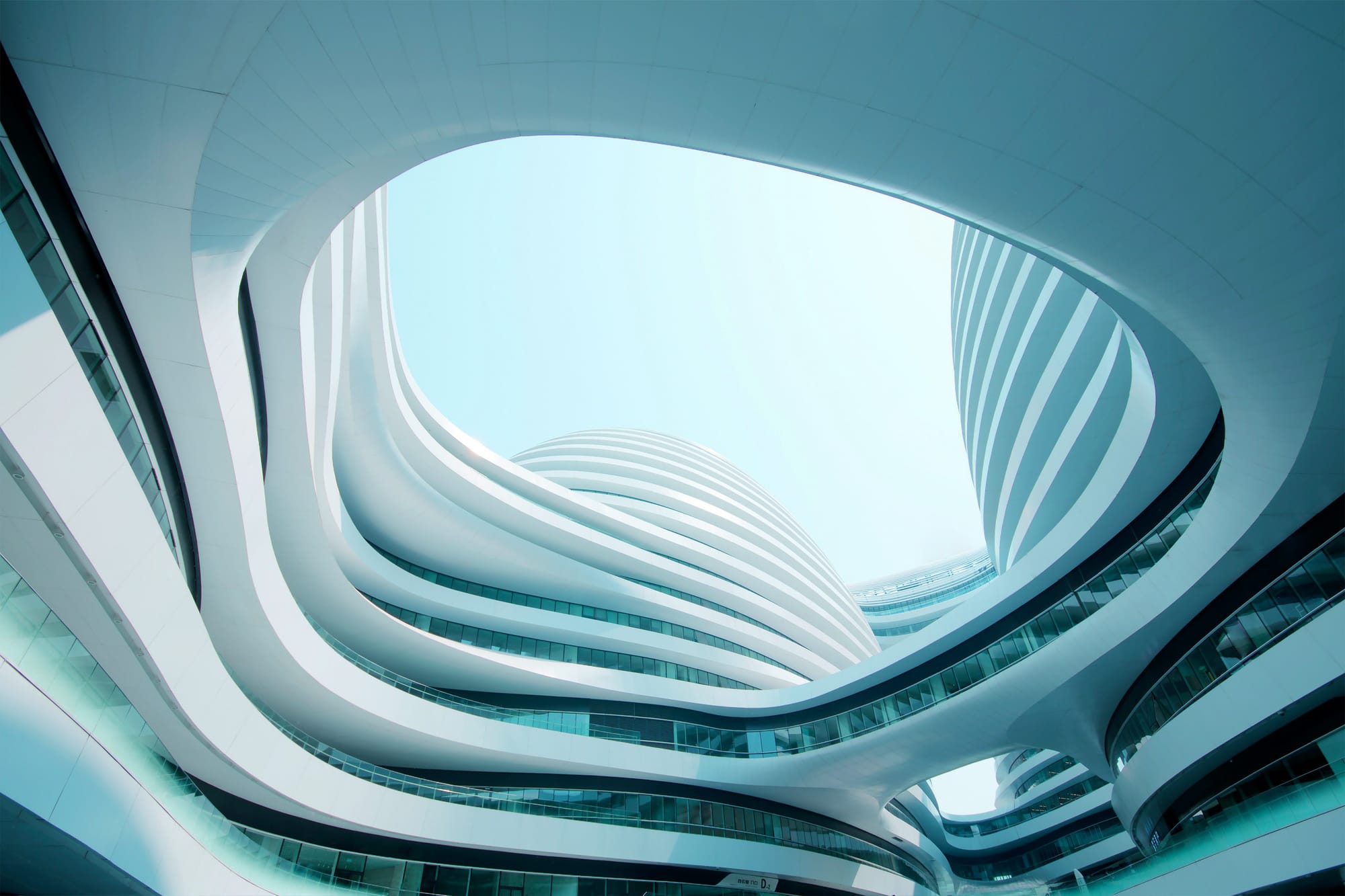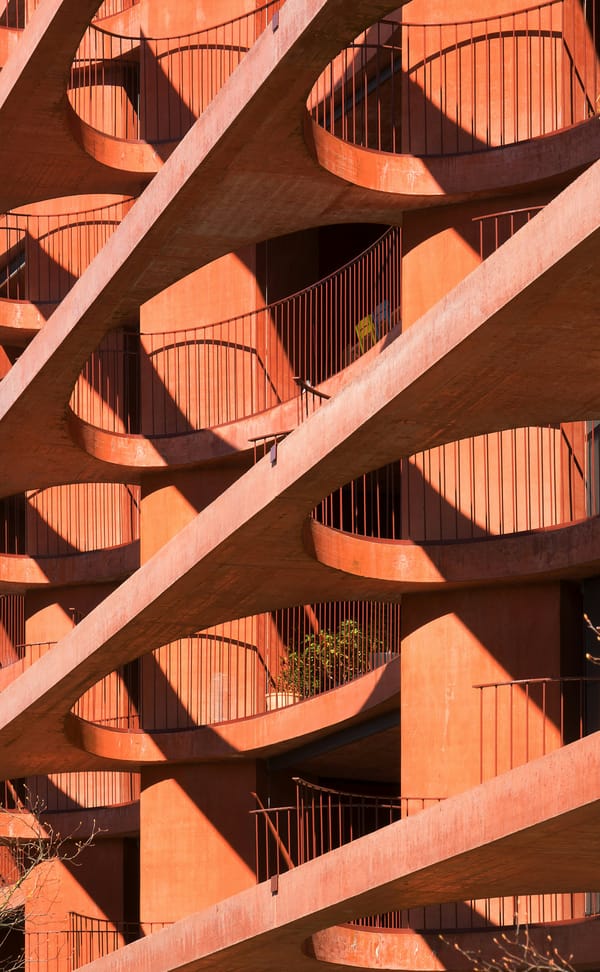Neo Fluidism
People
Neo-Fluidism is a forward-looking architectural theme characterized by continuous curves, seamless integration, and dynamic spatial movement.

It represents the evolution of urban environments into adaptive, flowing ecosystems—where buildings fuse technological sophistication with natural inspiration. This theme pushes the boundaries of structural expression and functional design.
Article:
Neo-Fluidism: Architecture in Motion for the Cities of Tomorrow
In today’s rapidly evolving urban landscape, architecture has moved beyond traditional notions of form and function. The built environment is now expected to adapt, respond, and inspire. Neo-Fluidism emerges from this context as a contemporary design philosophy—one that merges fluid aesthetics with cutting-edge digital design to create structures that are both futuristic and human-centered.
The architectural example depicted in the image illustrates this concept beautifully. The structure’s ribbon-like bands flow in continuous curves, wrapping around the voids and creating a seamless interplay between built form and open space. These dynamic contours reflect a natural rhythm—inviting, functional, and deeply engaging.
Key Characteristics of the Neo-Fluidism Theme:
- Curvilinear and Seamless Forms
Neo-Fluidism favors smooth, organic curves over rigid angles. The entire structure often appears as if sculpted from a continuous surface, enhancing cohesion and fluidity. - Integration of Digital Design Tools
Parametric modeling and algorithmic design play a vital role in shaping forms that respond to environmental factors like wind, light, and circulation—blending aesthetics with performance. - Transparency and Lightness
Extensive use of glass and reflective materials enhances transparency, dissolving boundaries between interior and exterior while allowing natural light to permeate the structure. - Futuristic Urban Identity
Neo-Fluidist buildings often become visual landmarks. Their innovative forms symbolize progress and align well with modern technological and cultural hubs. - Human-Centered Spatial Flow
The design accommodates intuitive navigation and movement. Pathways, corridors, and common areas are crafted to encourage social interaction while maintaining spatial clarity and continuity. - Sustainable Design through Form
Aerodynamic shapes help manage wind flow and natural ventilation. Structural orientation and façade geometry optimize energy efficiency and solar performance. - Minimalist Material Palette with Expressive Form
Despite their complexity, Neo-Fluidist buildings typically use simple materials—such as white composites and glass—letting form and space serve as the primary visual expression.
Conclusion:
Neo-Fluidism redefines the future of architectural design. By marrying form with function and technology with emotion, it invites architects to create spaces that are not only efficient and adaptable but also poetic and alive. In a world seeking balance between innovation and human connection, Neo-Fluidism stands as a testament to design that flows with the rhythm of life.
You May Also Like
 New
New

